Technical Services: Introduction to Cataloging
Resources and training for technical services
Objectives
In this course, you will learn
- Why libraries catalog resources
- New vocabulary
- General types of information that goes into a catalog record
- Sources of cataloging information
1. Why Catalog?
3. Types of Information
2. Vocabulary
- Technical services: Everything that happens "behind the scenes" in a library. Some places use "technical services" synonymously with "cataloging".
- Catalog: "A record or a list of the collection of a particular library" (Kao 2001, 3)
- Cataloging: The process of adding a new resource to the library's catalog
- Bibliographic record: "The cataloging information for an item. Included are author, title, publisher date, physical description of the item, and any other pertinent information needed to identify the material as a unique item" (Kao 2001, 10).
- Metadata: Information about other information. For example, a book's title is metadata because it tells us something about the book (its title). This term is used for more than just cataloging, but bibliographic records are a kind of metadata.
- Subjects: A word or short phrase that describes what the resource is about. Bibliographic records frequently have three subjects assigned to them.
- Call number: A series of letters and numbers that indicates where a resource can be found in a library's collection. SAGU calls this a "shelf location," and it is made up of a prefix, a Dewey number, a Cutter number, and a suffix.
- Classification: An alphanumeric string that identifies a resource's subject. SAGU uses the Dewey Decimal Classification system.
- Copy cataloging: Ethically using a bibliographic record created by another library, making few (if any) local changes.
- Original cataloging: Creating a bibliographic record on your own, using only the resource and cataloging standards. At SAGU, very few resource require original cataloging.
- Library of Congress (LOC): The largest library in the US, the LOC maintains a massive catalog of resources and allows anyone to download their records for free. They also maintain freely-available cataloging standards documentation.
- OCLC: A company that provides many library services, chief of which is their product WorldCat.org. WorldCat can be searched freely by anyone, but only subscribers can download records for use in copy cataloging. SAGU is a subscriber.
4. Sources of Cataloging Information
Most of our catalog records are downloaded from OCLC. If there is no OCLC record or you need to reference a piece of metadata quickly, here is where you find a book's metadata:
- The title page
We prefer the information on the title page instead of the cover - The verso
The back of the title page is called the "verso" and it contains a lot of useful information. In addition to publication information, it frequently contains a section called the "Cataloging In-Progress" (CIP), which looks like a miniature bibliographic record. SAGU uses the CIP most frequently for identifying a book's Dewey number.
Reference
Kao, Mary Liu. 2001. Cataloging and Classification for Library Technicians. 2nd ed. Haworth Cataloging & Classification. New York: Haworth Press.
